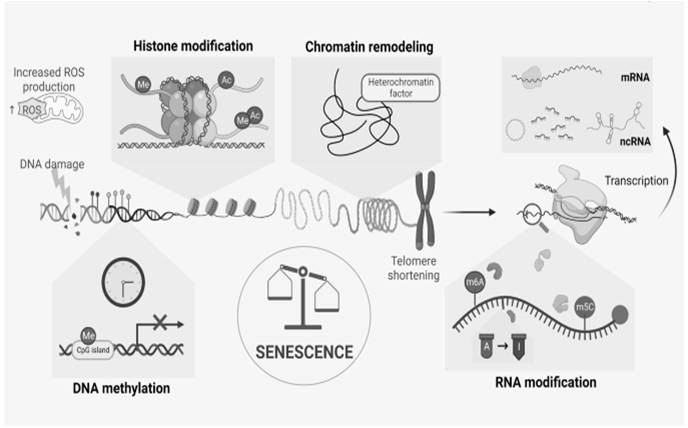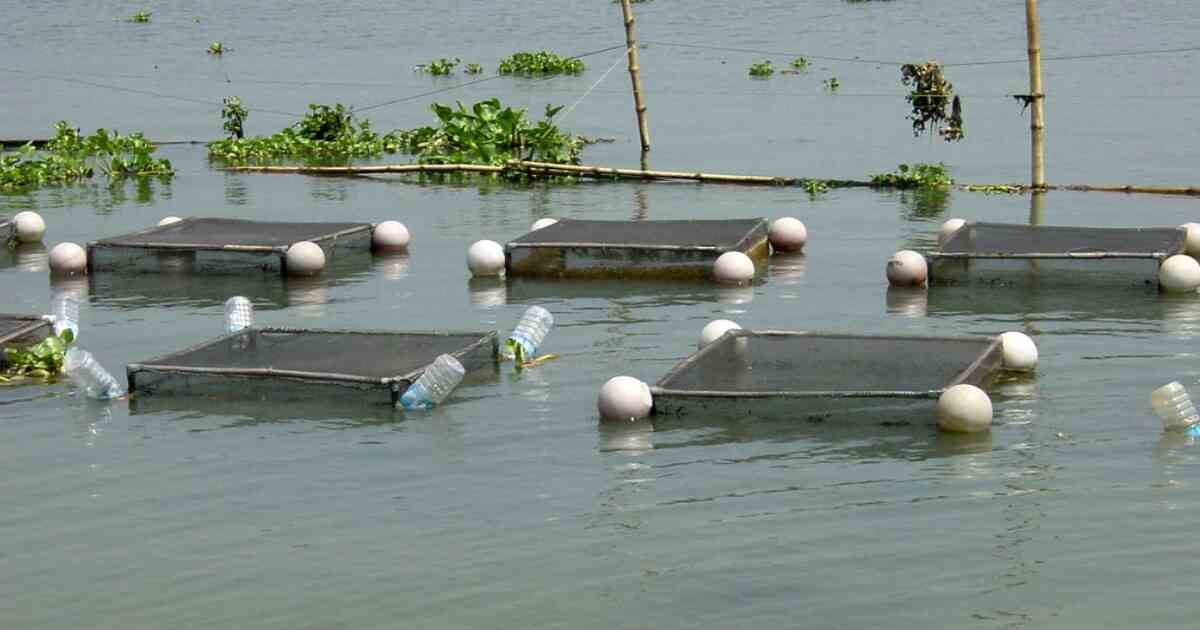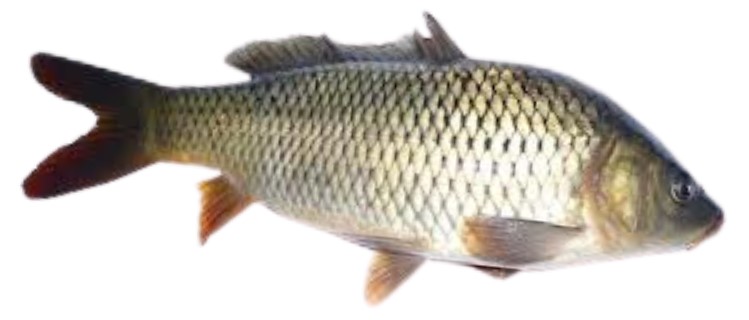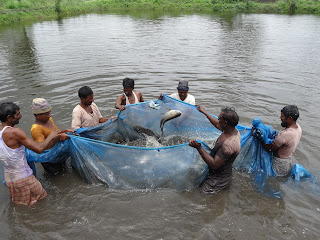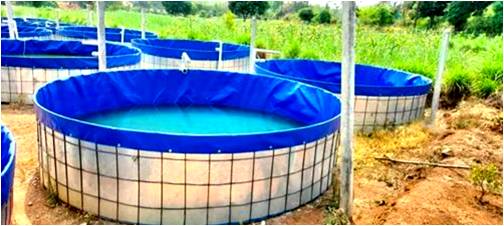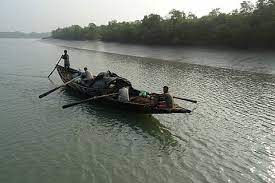Marine Fishes: Marine fishes, also known as saltwater fishes, represent an incredibly diverse group of aquatic organisms that inhabit the world’s oceans and seas. With an estimated 20,000 to 40,000 species, they contribute significantly to the overall biodiversity of marine ecosystems.
The study of marine fishes involves various aspects, including identification, classification, and understanding their characteristics. Identification is crucial for distinguishing different species and is often based on morphological features such as body shape, fin structure, coloration, and scale patterns. Classification organizes marine fishes into taxonomic groups based on shared characteristics and evolutionary relationships.
Marine Fishes
1. Clupea longiceps or Sardinella longiceps
Classification:
Phylum – Chordata
Series – Pisces
Class – Actinopterygii
Order – Clupeiformes
Family – Dorosomatidae
Genus – Sardinella
Species – longiceps

Characters :
- It is commonly called oil sardine or Malabar sardine.
- Oil sardine (Sardinella longiceps) is one of the best known fishes and commercially important. ‘Marine fishes’
- Its life span is 3-4 years.
- The oil sardine fishery on the Malabar coast is very old one. Though oil sardine is common from Sind to Andhra coast, but is particularly abundant in the Malabar and Konkan areas.
- Body is elongated with a large head.
- Colour is bluish brown with a golden shimmer along the back, while the abdomen is silvery shot with purple. A large greenish golden spot on the opercle is distinctive.
- It is used as food in fresh and cured conditions.
- Other species are S. fimbriata, S. gibbosa, S. albella, S. dayi, S. melanura, S. perforate, S. sidensis, S. clupeoides and S. sirm.
- These fishes are not only used as food in fresh or canned conditions but their oil is extensively used in leather, jute and soap industries.
- Also, guano is used as fertilizer for tobacco, coffee and tea crops.
2. Scomber microlepidotus (Day) or Rastrelliger kanegurta (Cuv.)
Classification:
Phylum – Chordata
Series – Pisces
Class – Actinopterygii
Order – Scombriformes
Family – Scombridae
Genus – Rastrelliger
Species – kanegurta

Characters :
- It is a tasty food fish. Length ranges from 20-30 cm. Weight about 80-90 grammas.
- The main mackerel fishery is confined between Quilon and Ratnagiri.
- It feeds on both zooplankton and phytoplankton.
- Mackerel is found all along the coast of India, excepting the northern part of the west coast. ‘Marine fishes’
3. Harpodon neherius (Ham.)
Classification:
Phylum – Chordata
Series – Pisces
Class – Actinopterygii
Order – Aulopiformes
Family – Synodontidae
Genus – Harpodon
Species – neherius

Characters :
- It is distributed throughout the west and east coast, but over 90% of the total catch is landed from Mumbai coast alone.
- Its distribution is restricted to Gujarat and Maharashtra on the western coast and W.B., Sunderbans, Andhra, and Orissa on the eastern coast.
- The discontinuous distribution may be related to several factors, like the ariation in salinity along the coastline, suface temperature of the sea and the availability of choice food to the fish. ‘Marine fishes’
- It is a shoaling fish swimming near the surface and is very common at Mumbai.
- It attains a length of 33-35 cm.
- It is carnivorous and feeds chiefly on prawns.
- Body is long but compressed. The head is thick and has a short snout.
- The cleft of the mouth is very wide.
- The scales are small and hardly visible to the naked eyes.
- Along the head, back and sides, the fish is semi-transparent with minute black or brown dots. The abdomen is silvery.
- It breeds throughout the year with two peaks of spawning periods.
- The spawning ground seems to lie in offshore waters, since eggs and larvae are never found in the inshore waters.
- It is also a migratory fish. It leaver coastal waters in February-March and re-enters in October when large shoals appear in the inshore waters.
- Mumbai duck formerly known as Bombay duck, is regarded as a excellent food fish and is taken fresh or salted.
4. Stromateus sinesis (Day).
Classification:
Phylum – Chordata
Series – Pisces
Class – Actinopterygii
Order – Scombriformes
Family – Stromateidae
Genus – Stromateus
Species – sinesis

Characters :
- It occurs throughout the Indo-Pacific region.
- Body ovate, compressed from side to side and covered with thin, small scales.
- Body colour is deep greish to light brown, grey and silvery below.
- Other species is S. cinereus (Day), commonly called as grey or silver pomfret.
5. Polynemus puadieus (Day).
Classification:
Phylum – Chordata
Series – Pisces
Class – Actinopterygii
Order – Perciformes
Family – Polynemidae
Genus – Polynemus
Species – puadieus

- In India, it is found in coastal and estuarine waters of W.B. and Orissa.
- This species is abundant in the Hooghly river ascending upto 200-400 km for breeding purpose.
- Length of this fish varies from 15-25 cm.
- Body colour is golden grey along back. It is highly esteemed as food fish in W. B.


